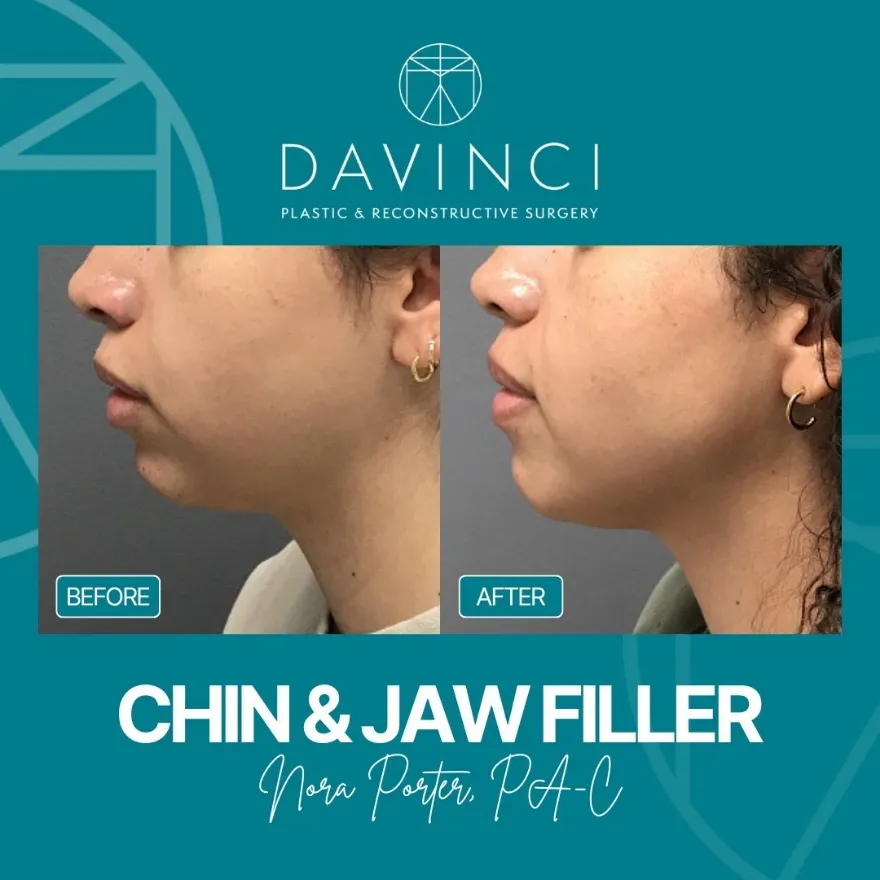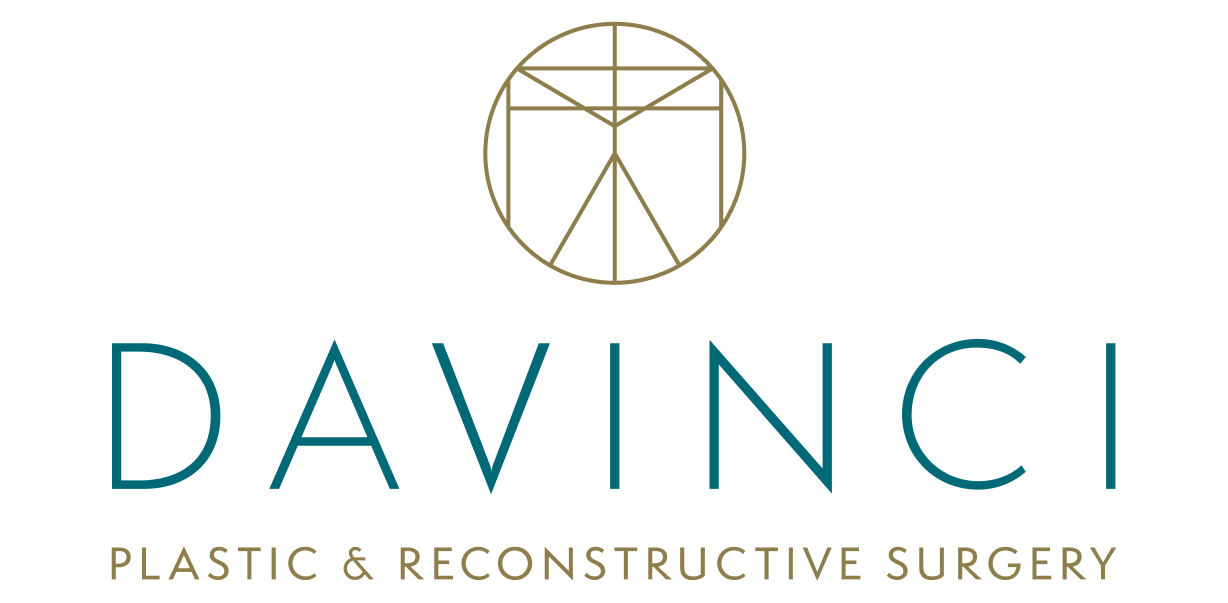Posted April 03, 2024 in Incision Care
5 minute read

Whether small or extensive, you’ll need to know the dos and don’ts of caring for your incisions after cosmetic surgery. This blog discusses incision care basics so you can be prepared and know what to expect after your surgical procedure.
4 Min Read
On the journey to be your best self, no matter what aesthetic surgery you choose to undergo, you will have at least one incision. From small incisions used in liposuction to the more extensive incisions used in a tummy tuck, you’ll need to know the dos and don’ts of caring for your incisions after cosmetic surgery. Below, we review some incision care basics so you can be prepared and know what to expect after your surgical procedure.
What Do I Need to Know About My Incisions?
Once your surgeon has completed your surgical procedure, they will close your incisions. Depending on the type of surgery you have, your surgeon may close your incisions using one or more of the following options:
- Sutures: Also called stitches, sutures are used on larger incisions and may be dissolvable or nonabsorbable. In the case of a tummy tuck, sutures are used both internally (to tighten and repair your abdominal muscles) and externally (to close the incision).
- Steri-Strips®: Steri-Strips® are a type of surgical adhesive tape used to close more superficial wounds. Your surgeon will likely use them in addition to regular sutures for extra support in keeping the incision closed and the resulting scar flat.
What Is a Surgical Dressing?
A surgical dressing is a sterile bandage that keeps your incision clean and protected as it heals. At Davinci Plastic Surgery, our surgeons use a clear, saran wrap-like dressing to cover your incisions. You will need to keep your surgical dressing clean and dry, and you will receive instructions on how and when to change the dressing as you heal.
How Do I Clean Around My Surgical Dressing?
After your cosmetic procedure, you cannot shower for the first 48 hours. Once you do shower, you may carefully wash above and below the surgical dressing, but avoid soaking it with water. If it gets a little wet during the cleansing process, that’s okay. Once you’ve showered, pat the area dry. Your surgical dressing should stay in place until your surgeon removes it or gives you permission to carefully remove it. If the dressing gets soaked with fluid or starts to peel off, you may carefully remove it, but DO NOT remove the Steri-Strips® underneath.
How Do I Keep My Incisions Clean?
Once the surgical dressing is removed, you must keep the incisions themselves clean to prevent infection. Your surgeon may want you to avoid soaking the incision in direct water from the shower, so you should follow their instructions regarding covering the area before showering. Baths are prohibited until the incisions have healed completely.
Some tips for keeping your incisions clean include:
- Make sure you wash your hands before touching the incisions
- Carefully wash the incisions using gentle soap and water only (not body wash)
- Do not scrub or pull at the area around the incision
- Gently pat the area dry using a clean towel
- Do not use hydrogen peroxide, rubbing alcohol, iodine, or herbal products on your incisions
- Do not apply any creams or lotions to the incisions
- You may use Bacitracin on any exposed incision sites
When to Call Your Surgeon With Concerns
Even if you take all of the precautions necessary and follow your surgeon’s instructions, you may experience complications after your surgery. For example, if you have excessive bleeding or draining from your incision, apply pressure using a clean cloth or gauze. If applying pressure to the wound for over ten minutes does not stop the leakage, please call your surgeon. Other reasons to call your surgeon include:
- Hematoma or asymmetrical swelling around the incision site
- Odorous or cloudy drainage coming from the wound
- Shortness of breath
- The incision is very red and warm to the touch (may signify infection)
- Significant asymmetrical swelling along with increased pain in your legs (may signify a blood clot)
Most importantly, you know your body. If something feels off or you are concerned about something as you navigate the healing process, don’t hesitate to call your provider. When it comes to your health, it’s always better to be cautious.
Learn More About Cosmetic Surgery in Washington, D.C.
No matter if you had breast augmentation or blepharoplasty, you may feel like caring for your incisions after surgery is overwhelming. To put your mind at ease, the skilled and experienced surgeons at Davinci Plastic Surgery will provide you with all the information and support you need from your consultation through your recovery. To discover what our expert surgeons can do to help you reach your aesthetic goals, call our office today at 202.966.9590 or complete the online contact form.








